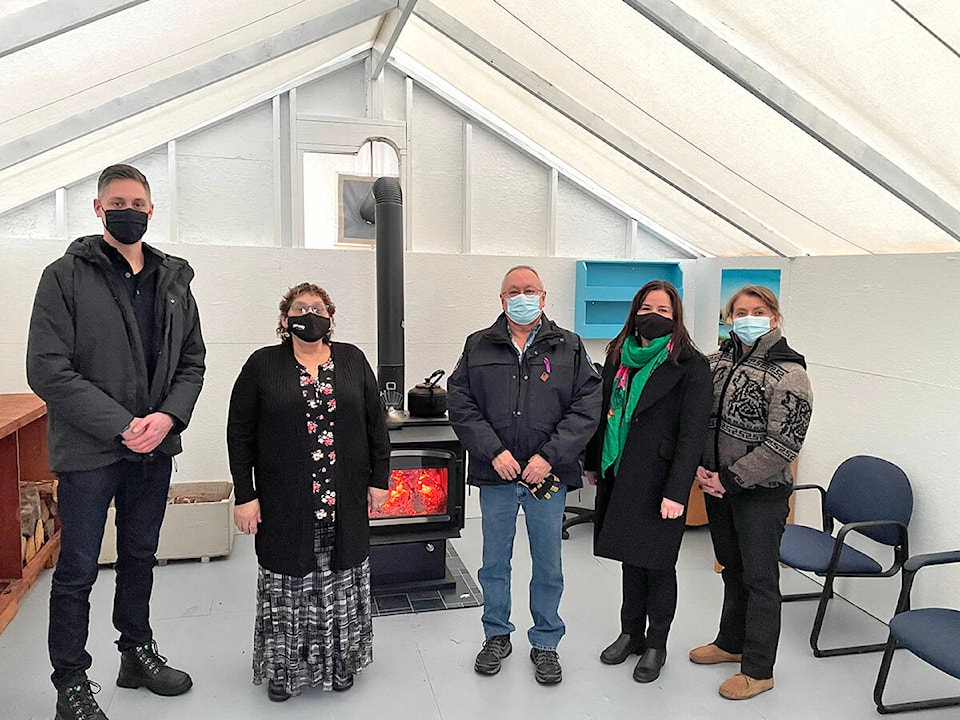Minister of Justice R.J. Simpson says a new group-based approach to therapy will give inmates at the South Mackenzie Correctional Centre (SMCC) in Hay River the education, skills and support they need to heal and rehabilitate.
“Many residents of the NWT continue to struggle with the effects of discrimination, colonization and residential schooling. Through the therapeutic community, the government of the Northwest Territories is working to support those who come into contact with the justice system by providing a safe place where they can be supported in their rehabilitation and reintegration,” he stated in a Dec. 10 news release.
Officially called the South Mackenzie Correctional Centre Therapeutic Community, the innovative program promises to cut reoffending and promote rehabilitation by giving inmates the supports they need to live crime-free lives.
The therapeutic community building is about 1,554 square metres and can house up to 36 male residents. Prospective residents must meet “pre-determined risk level criteria.”
The program is modeled after a similar corrections project at Guthrie House, a therapeutic community at the Nanaimo Correctional Centre in British Columbia.
The overall budget for the therapeutic community in 2021-22 is $5,764,000 in addition to $2.8 million in construction costs.
Residents in the therapeutic community take part educational programs, community work and treatment programs designed to correct anti-social thinking and behaviour. They live in groups with other members of the community, which “provides around-the-clock behavioural modelling to address the root causes of negative behaviours,” states the release.
“The therapeutic community correctional model is designed to change behaviour and reduce an individual’s re-contact with the criminal justice system,” it continues. “Using the concept of ‘community as method’, therapeutic communities use active participation in group living and activities to drive individual change and the attainment of therapeutic goals. With an emphasis on social learning and mutual self-help, residents of the therapeutic community have a role in each other’s recovery as providing support to others is seen as an important part of changing oneself.”
Also, the program embraces Indigenous cultural teachings such as the “Seven Laws of Living” and the Medicine Wheel, and activities like opening and closing ceremonies, drumming, smudging, sharing circles and traditional land-based teachings from Elders.
At the end of their sentences, residents at the therapeutic community are helped with the transition back into their communities with assistance to find employment and housing for up to six months after their release.
“Research demonstrates that individuals who complete therapeutic community programming are less likely to re-offend, are more successful becoming employed, experience increased social and emotional functioning, and have a quality of life,” states the release.
